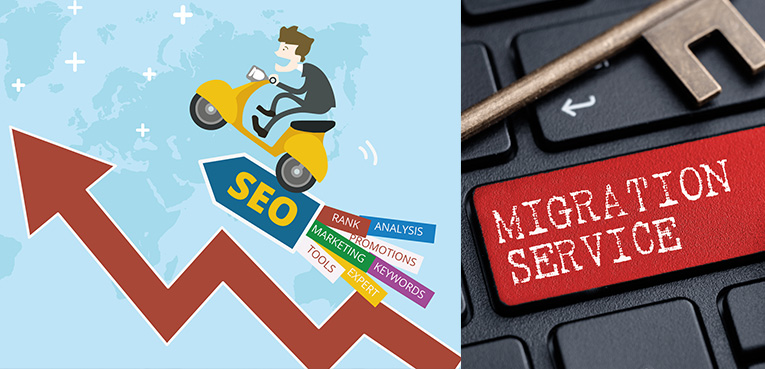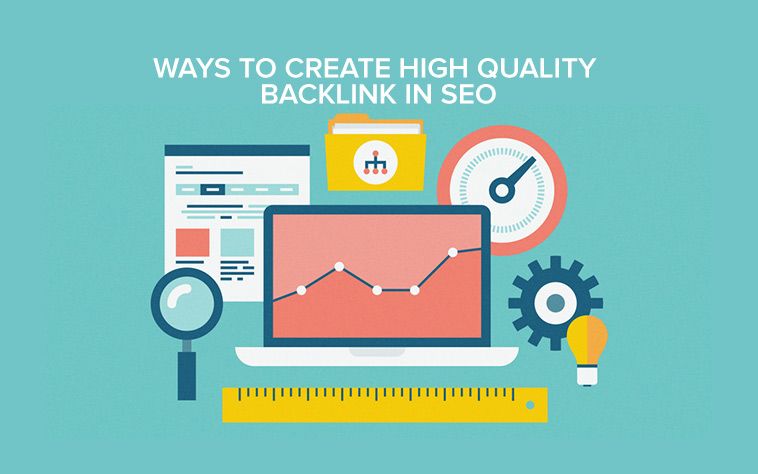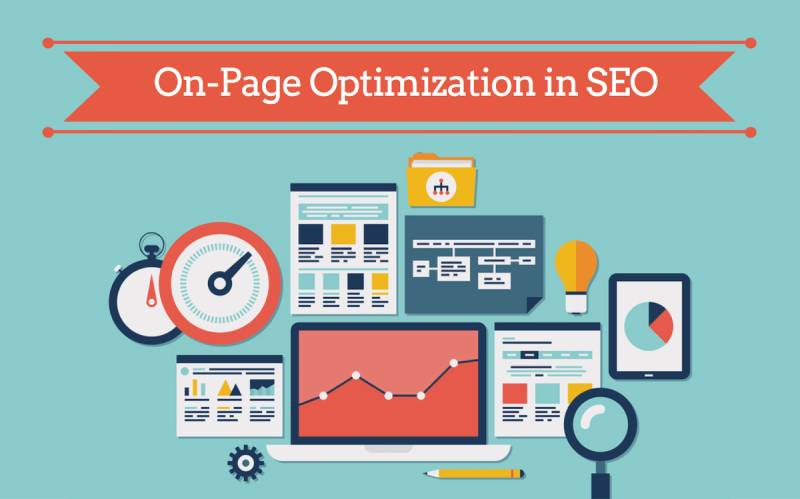Starting an ecommerce business on Shopify can be a great way to reach a wider audience and generate more sales. However, many new ecommerce entrepreneurs make common mistakes that can hurt their success. In this article, we as Ecommerce experts, will discuss ten of the most common ecommerce mistakes and provide tips on how to avoid them on Shopify.
Poor User Experience: A poor user experience can lead to frustrated customers and lost sales. To avoid this mistake, make sure your Shopify store has a clear and easy-to-use website design. Optimize your site for mobile devices since more than half of all ecommerce traffic comes from mobile devices. Provide clear navigation and product descriptions, so customers can easily find what they’re looking for.
Inadequate Product Images: Poor-quality product images can lead to lost sales. Make sure to provide high-quality images of your products from multiple angles. Allow customers to zoom in and out so they can see the details of the product. Use professional product photography to showcase your products in the best possible light.
Overcomplicating Checkout: An overly complicated checkout process can lead to cart abandonment. To avoid this, streamline your checkout process by reducing the number of steps required to complete a purchase. Offer guest checkout so customers can buy without creating an account.
Neglecting SEO: Search engine optimization (SEO) is critical to the success of any ecommerce store. Neglecting SEO means you’re missing out on potential traffic and sales. To avoid this mistake, make sure to optimize your Shopify store’s product pages and blog content with relevant keywords and meta descriptions. Conduct keyword research to identify the most relevant and high-traffic keywords for your products and use them in your content.And to learn more about mastering SEO, read our blog on Why Search and SEO is Important ?
Ignoring Analytics: Your Shopify store’s analytics are a goldmine of information about your customers and their shopping behavior. Ignoring analytics means you’re missing out on valuable insights that could help you improve your store and grow your sales. To avoid this mistake, regularly check your Shopify analytics and adjust your strategies based on your findings. Use the data to optimize your product pages, target your marketing, and improve your customer experience.
Lack of Trust Signals: Customers need to trust your Shopify store to make a purchase. Lack of trust signals can lead to lost sales. To avoid this mistake, make sure to display trust signals such as customer reviews, security badges, and a clear refund policy. Show that you’re a trustworthy business that cares about its customers.
Limited Payment Options: Offering limited payment options can result in lost sales. Provide a variety of payment options, including credit cards, PayPal, and other popular payment methods. Use Shopify Payments to make it easy for customers to pay with their preferred payment method.
Poor Customer Support: Poor customer support can lead to negative reviews and lost sales. Provide prompt and helpful customer support through email, chat, or phone. Respond to customer inquiries quickly and professionally. Use Shopify’s customer support features, such as chat and email support, to make it easy for customers to get the help they need.
Inconsistent Branding: Inconsistent branding can lead to confusion among customers. Make sure to maintain consistent branding across your website, social media, and other marketing channels. Use the same colors, fonts, and imagery across all your channels. Make sure your messaging is consistent as well.
Slow Loading Speeds: Slow loading speeds can lead to frustration and lost sales. Regularly optimize the website page speed and user journey.
To conclude, starting an ecommerce business on Shopify can be a great way to generate sales and reach a wider audience. By following the tips outlined in this article, you can improve your Shopify store’s SEO, user experience, checkout process, analytics, trust signals, product images, payment options, customer support, branding, and loading speeds. You can create a successful ecommerce business on Shopify and grow your sales over time. Remember, success takes time and effort, but with the right strategies in place, you can achieve your ecommerce goals.





















